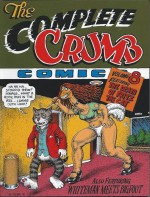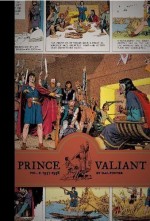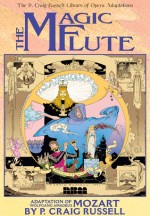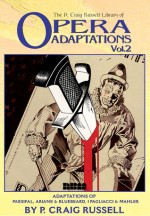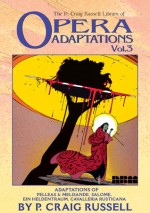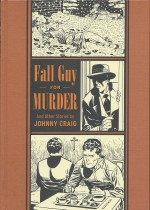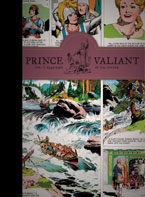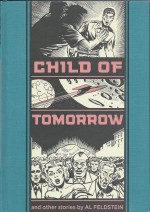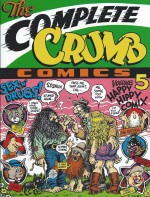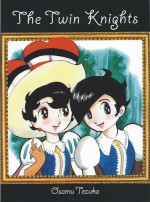New, Expanded Review

By Pat Mills & Joe Colquhoun (Titan Books)
ISBN: 978-1-84023-627-9
When Pat Mills & Joe Colquhoun began their tale of an impressionable lad who joins up just in time to fight in the disastrous Somme campaign, I suspect they had, as usual, the best of authorial intentions but no real idea that this time they were creating sheer comicstrip magic.
According to Neil Emery’s splendid appreciation ‘Into Battle: a Chronology of Charley’s War’, the landmark feature was originally published in British war strip anthology Battle – AKA Battle Picture Weekly, Battle Action etc. – beginning in issue #200, (6th January 1979 and running until October of 1986): recounting in harrowing detail and with shocking passion the life of an East-End kid who lied about his age to enlist with the British Army reinforcements then setting out to fight the Hun in 1916.
Prior to that author Pat Mills’ Introduction reviews the tone of those times and his intent to shake things up by sneaking an anti-war saga into a ferociously successful periodical which featured gritty he-men dealing with “the Enemy†in a variety of memorable effective means and milieus…
The stunning strip contingent – 29 episodes in all – of this magnificent monochrome hardback opens with a 4-page instalment. ‘Charley’s War – the Story of a Soldier in World War One’ sees 16-year-old London Bus worker Charley Bourne join up – despite not being old enough – and enduring horrific experiences in the mud and blood-soaked trenches.
Military life was notoriously hard and unremittingly dull… except for brief bursts of manic aggression which ended so many lives. Closely following the recorded course of the war, Mills & Colquhoun put young Charley and a rapidly changing cast (constantly whittled away by various modes of combat attrition) through weekly hell and showed another, far from glorious aspect of the conflict to the those 1970s readers.
Each episode was cunningly punctuated and elucidated by the telling narrative device of the lad’s letters to his family in “Blighty†and later reproductions of cartoons and postcards of the period.
With veteran soldier Ole Bill Tozer as his mentor Charley narrowly survives shelling, mudslides, digging details, gas attacks, the trench cat, snipers, the callous stupidity of his own commanding officers – although there are examples of good officers too – and the too often insane absurdity of a modern soldier’s life: quickly becoming a “Tommie†with a gift for lucky escapes.
When Tozer leads a party across No-Man’s Land to capture prisoners for interrogation new pal Ginger sustains a frankly hilarious wound in his nether regions. But as a result and despite the sortie establishing the inadvisability of an attack, the Allied Commanders continue their plans for a Big Push. Thus the lad is confronted with a moral dilemma when he catches a comrade trying to wound himself and get sent home before the balloon goes up. This time, grim fate intervenes before the boy soldier can make a terrible choice…
The unit’s troubles increase exponentially when arrogant toff Lieutenant Snell arrives; constantly undermining every effort by sympathetic officer Lieutenant Thomas to make the soldier’s lives tolerable. The self-serving aristocrat takes a personal dislike to Charley after the lad drops his huge picnic hamper in the trench mud…
On July 1st The Battle of the Somme began and, like so many others , Charley and his comrades are ordered “over the top†to walk steadily into the mortars and machine gun fire of the entrenched German defenders. Thomas, unable to stand the stupidity, cracks and commands them to charge at a run. It saves their lives but lands his men in a fully-manned German dug-out…
After ferocious fighting the lads gain a brief respite but the retreating Huns have left insidious booby-traps to entice them. Many favourite characters die before Charley, Ginger and poor shell-shocked Lonely are captured.
As they await their fate the traumatised veteran at last reveals the horrific events of the previous Christmas and why he wants to die. Moreover the root cause of that atrocity was the same Snell who now commands their own unit…
Through Charley’s dumb luck they escape the Boche, only to blunder into a gas attack and rescue by British Cavalry. The mounted men then gallop off to meet stern German resistance (resulting in some of the most upsetting scenes ever seen in comics) whilst Bourne and Co. are miraculously reunited with their comrades.
The combat carnage has not ceased however and the hard-pressed British are desperate to get a vital message to HQ. Charley volunteers: pushing his luck as the “thirteenth runnerâ€â€¦
To Be Continued…
This stunning first volume – happily still readily available – concludes with a heavily illustrated ‘Strip Commentary’ with Mills’ wonderfully informative chapter notes and commentary revealing background detail and production secrets and a historical feature by Steve White on ‘The Battle of the Somme: Putting Charley’s War in Context’.
Charley’s War closely followed actual events of the war, but this s not the strip’s only innovation. The highly detailed research concentrated more on the characters than the fighting – although there was still plenty of appalling action – and declared to the readership (which at the time of original publication were categorically assumed to be boys between ages 9-13) that “our side†could be as monstrous as the “bad guysâ€.
Mills also fully exercised his own political and creative agendas on the series and was always amazed at what he got away with and what seeming trivialities his editors pulled him up on.
There is no (anti) war story as gripping, engaging and engrossing, and certainly no strip which so successfully transcends its mass-market, popular culture roots to become a landmark of fictive brilliance. We can only thank our lucky stars that no Hollywood hack has made it a blockbuster which would certainly undercut the tangibility of the “heroes†whilst debasing the message.
There is nothing quite like it and you are diminished by not reading it.
Charley’s War is a true highpoint in the narrative examination of War through any artistic medium: a timeless classic of the art form and now let’s unite to make sure that it’s NOT all over by Christmas…
© 2004 Egmont Magazines Ltd. All Rights Reserved.

